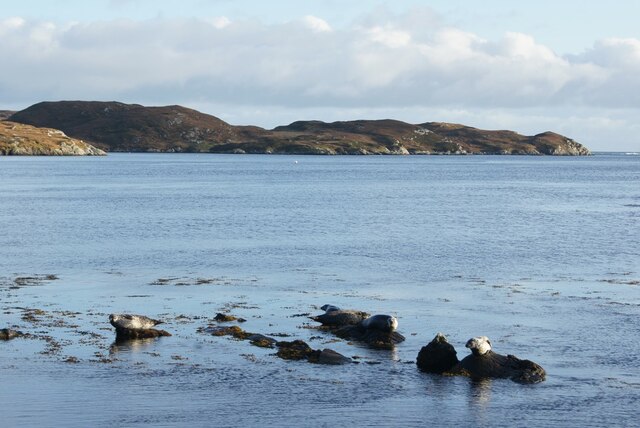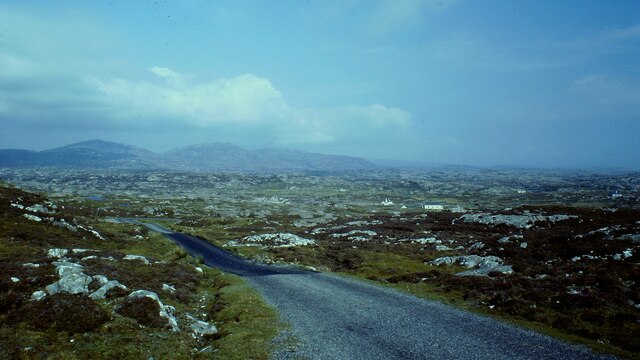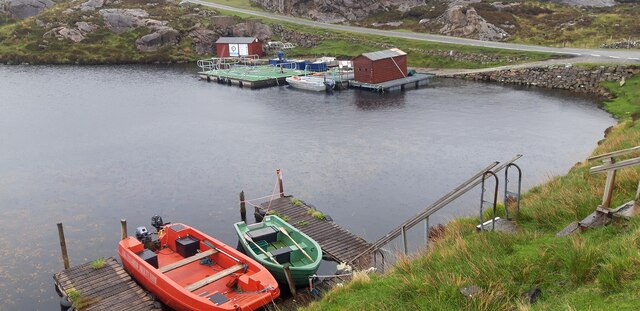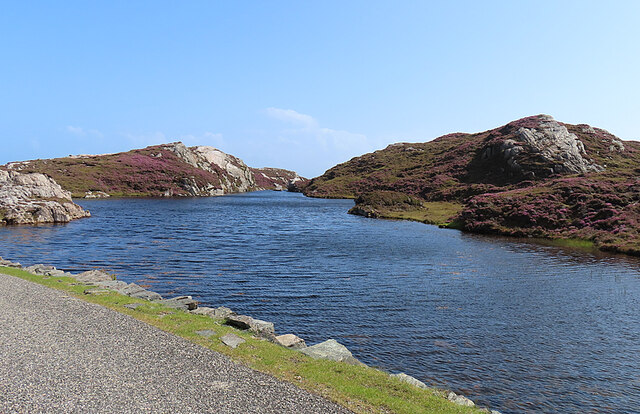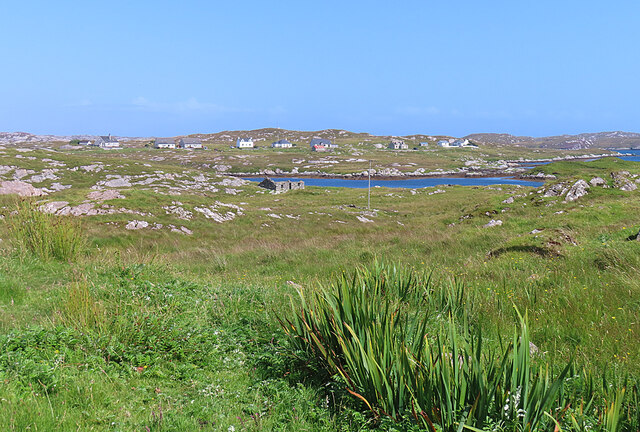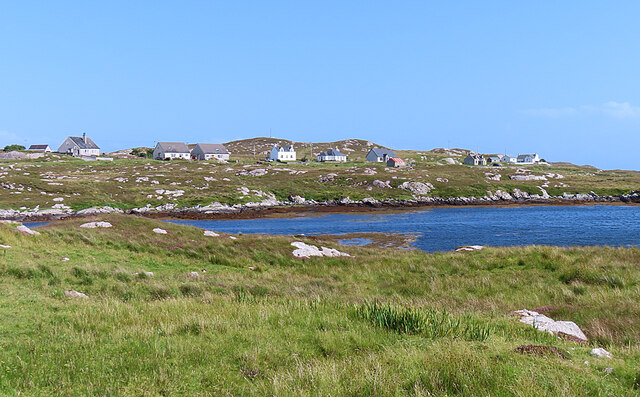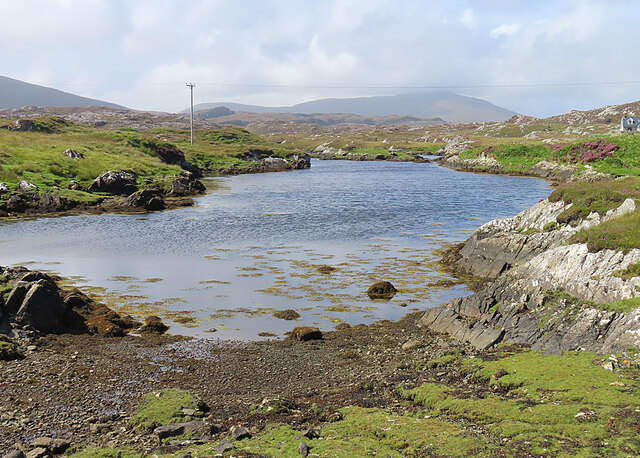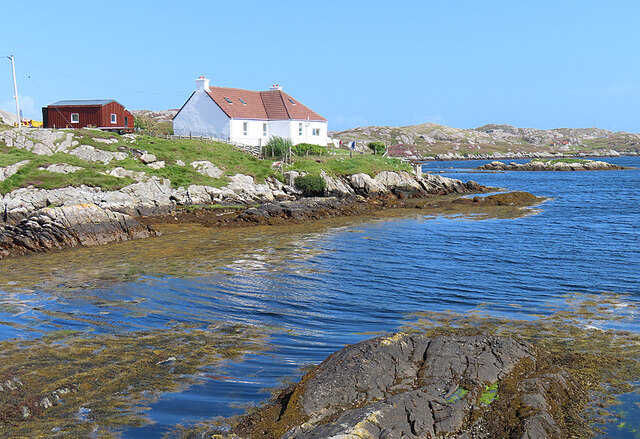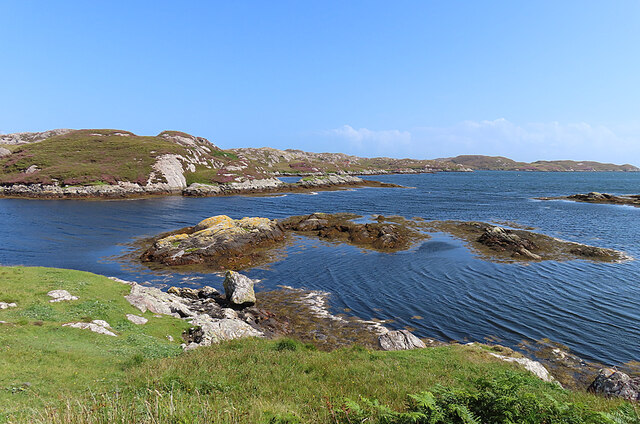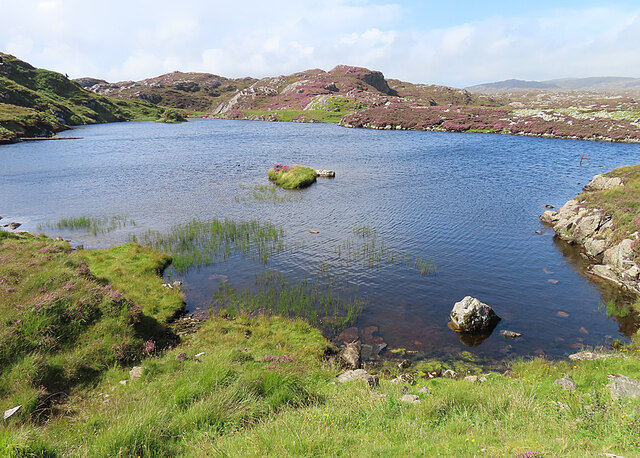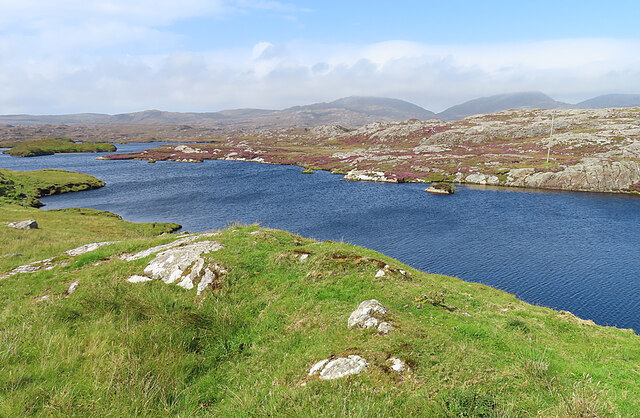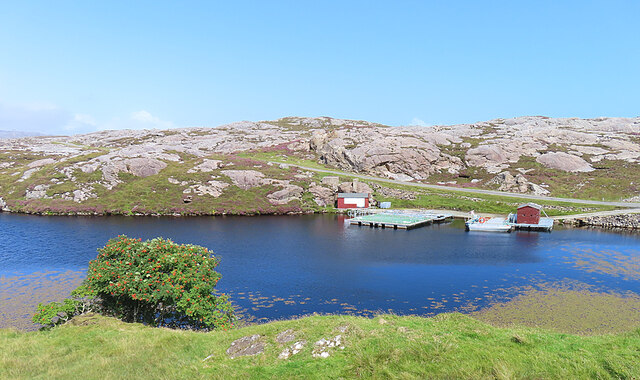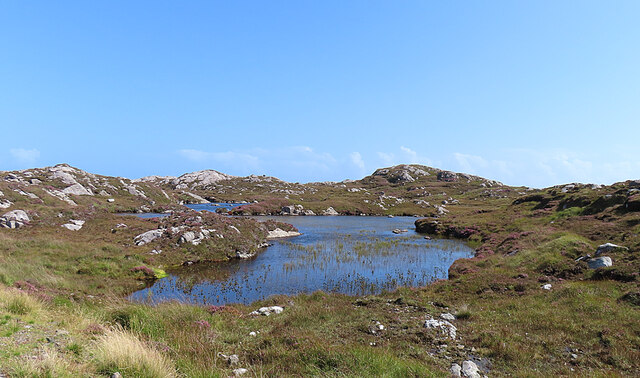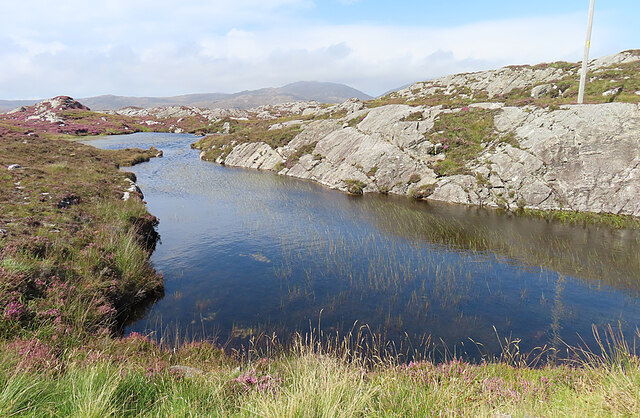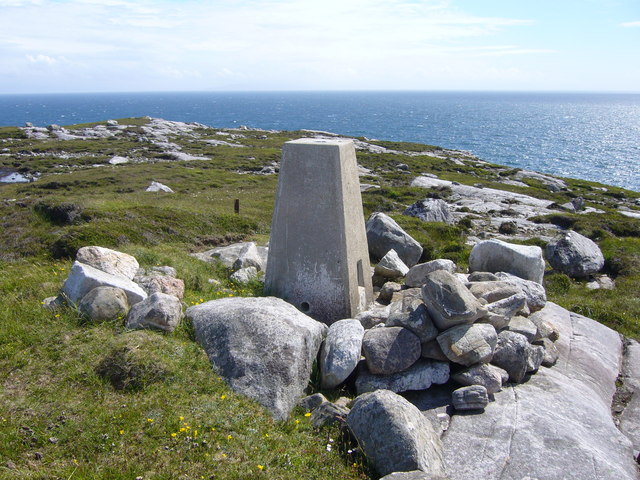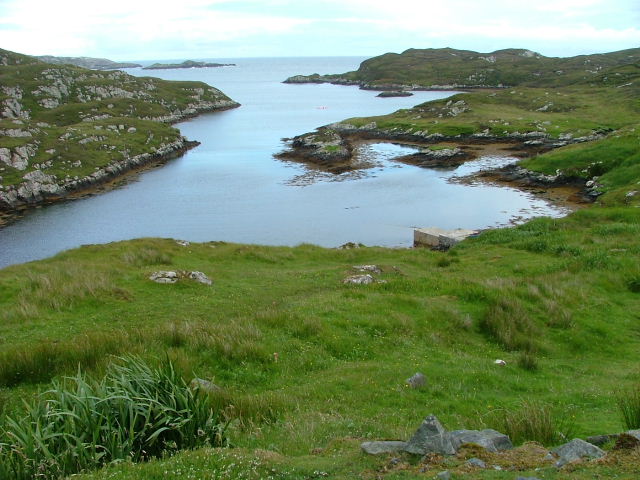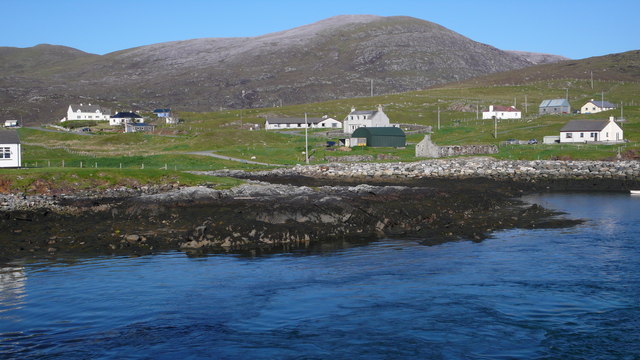Àird Caol
Coastal Feature, Headland, Point in Inverness-shire
Scotland
Àird Caol
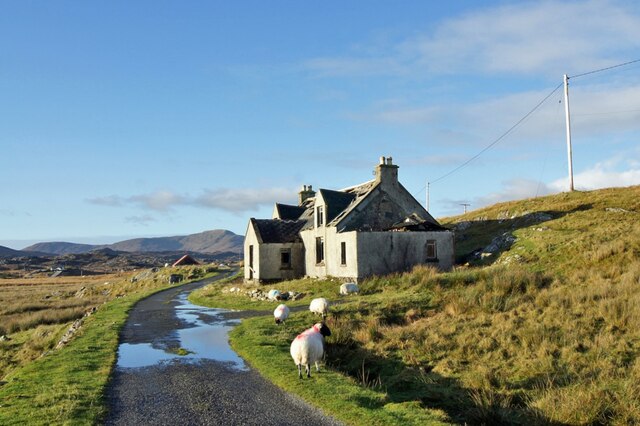
Àird Caol is a prominent coastal feature located in Inverness-shire, Scotland. It is a headland that juts out into the waters of the North Atlantic Ocean, forming a distinct point along the rugged coastline. The name "Àird Caol" translates to "narrow headland" in Gaelic, which accurately describes its physical characteristics.
The headland is characterized by steep cliffs that rise dramatically from the sea, offering breathtaking views of the surrounding landscape. These cliffs are composed of various types of rock, including sandstone and granite, which have been shaped by the forces of erosion over time. The headland also features a rocky shoreline, with small coves and inlets that provide sheltered areas for marine life.
Àird Caol is known for its rich biodiversity, with a diverse range of flora and fauna inhabiting the area. The headland is home to a variety of seabirds, including gulls, puffins, and cormorants, which nest along the cliffs. It is also a popular spot for birdwatching enthusiasts who flock to the area to observe these magnificent creatures in their natural habitat.
In addition to its natural beauty, Àird Caol is also steeped in history and folklore. The headland has been a site of human activity for centuries, with evidence of ancient settlements and burial sites in the surrounding area. Local folklore tells tales of mythical creatures and legends associated with the headland, adding to its mystique and allure.
Overall, Àird Caol is a captivating coastal feature that combines stunning natural beauty, rich biodiversity, and historical significance. It is a must-visit destination for nature lovers, history enthusiasts, and those seeking an escape into the wild and rugged beauty of the Scottish coastline.
If you have any feedback on the listing, please let us know in the comments section below.
Àird Caol Images
Images are sourced within 2km of 57.774243/-6.8949697 or Grid Reference NG0986. Thanks to Geograph Open Source API. All images are credited.
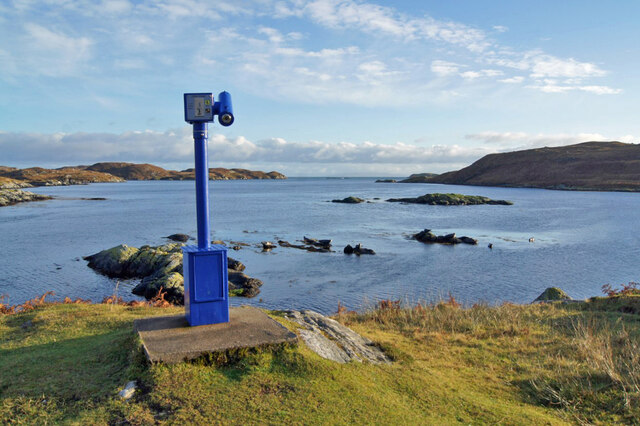
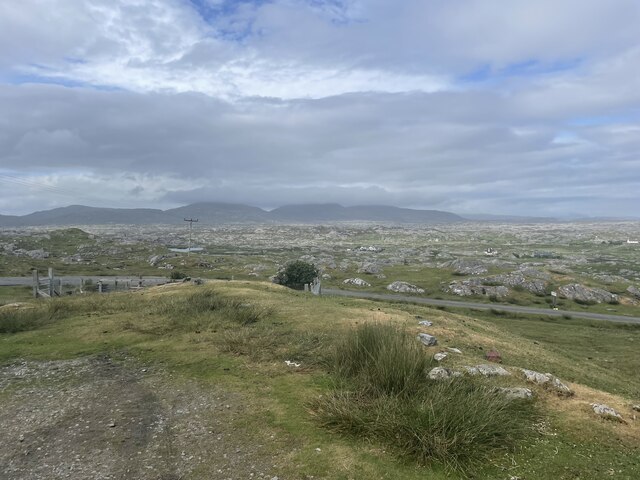
Àird Caol is located at Grid Ref: NG0986 (Lat: 57.774243, Lng: -6.8949697)
Unitary Authority: Na h-Eileanan an Iar
Police Authority: Highlands and Islands
What 3 Words
///submitted.strutted.bother. Near Leverburgh, Na h-Eileanan Siar
Nearby Locations
Related Wikis
Borsham
Borsham (Scottish Gaelic: Boirseam) is a village in the 'Bays' area of Harris in the Outer Hebrides, Scotland. Borsham is within the parish of Harris....
Lingarabay
Lingarabay (also Lingerabay or Lingerbay; Scottish Gaelic: Lingreabhagh) is a small coastal settlement on Harris, in the Outer Hebrides of Scotland. It...
Harris Superquarry
The Harris Super Quarry was a super quarry at Lingerbay, Harris, Scotland proposed by Redland Aggregates in 1991. The plan was to surface mine aggregate...
Roineabhal
Roineabhal is a hill in Harris, in the Western Isles of Scotland. The granite on the summit plateau of the mountain is anorthosite, and is similar in composition...
Nearby Amenities
Located within 500m of 57.774243,-6.8949697Have you been to Àird Caol?
Leave your review of Àird Caol below (or comments, questions and feedback).
